For restaurateur Abhilash VK’s seven-year-old and four-year-old children, the idea of waking up every morning, running up to their balcony, and picking fresh strawberries from their kitchen garden has been an exciting one. Their breakfast was incomplete without them.
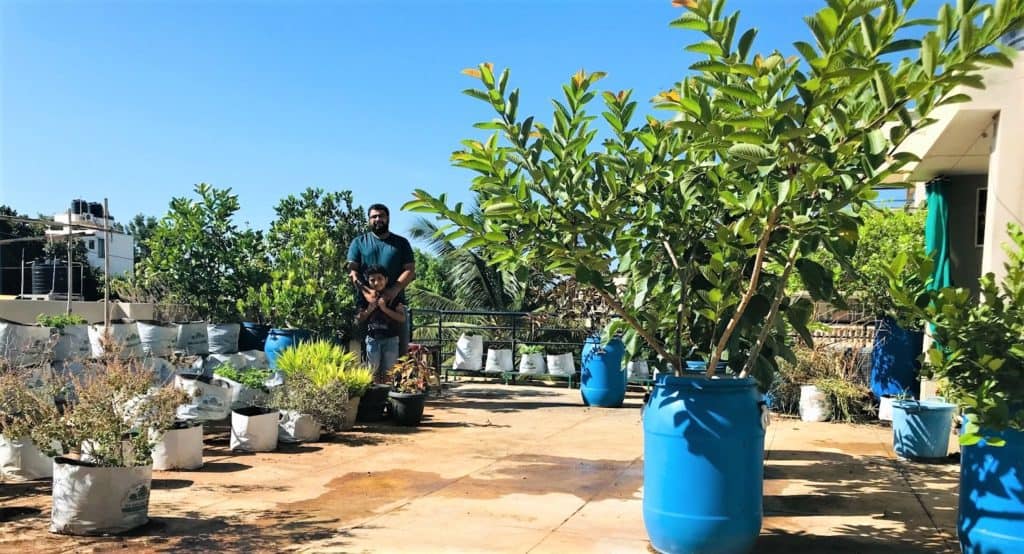
Abhilash started his terrace gardening project a little before the pandemic. He enlisted the service of a gardening firm to set up the garden. They took care of the soil and other infrastructure, and provide monthly service for applying fertiliser and managing pests. Since the pandemic, the house visits have stopped, he says, hence he is only able to maintain his fruit garden now.

His fruit tree collection is quite interesting: he has starfruit, strawberry guava, seedless lemon, mulberry, butter guava, and dragon fruit, among others.

Do-it-yourself garden
Professional mechanical engineer Pradeep Chowdary wanted to use the skills he knows to build his own hydroponics garden. During the lockdown, he got the necessary items, a few seeds, and waited patiently for its germination process. He took the lockdown period to understand the technique and see if he could explore it on a commercial basis.
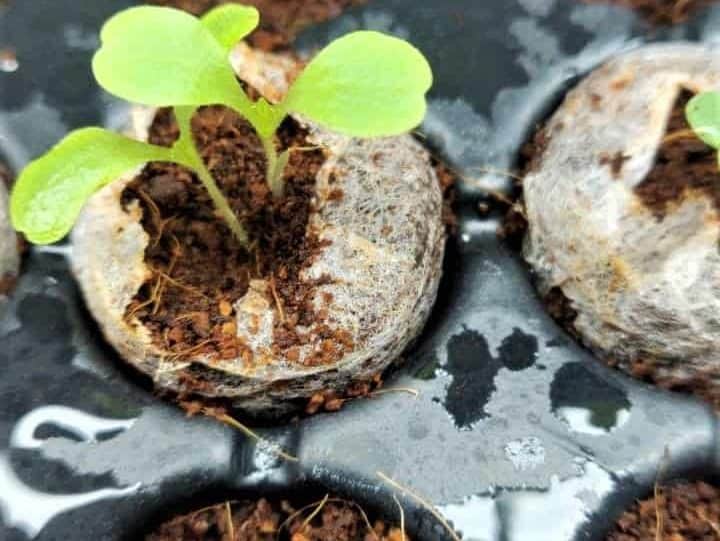
“Unfortunately, my plan didn’t work out. My work schedule got busy and I couldn’t finish the setup on time. I could have tried the regular soil in a pot method but this was a learning process that I wanted to explore,” Pradeep says.
Since it looks like he’ll continue working from home, he plans to restart the project again. He says, “I know what I did wrong and I need to improve my time management. I have to ensure that the growing stage has better soil and also figure out a way for the plants to survive even if I can’t keep a very close eye on them all the time. A hydroponic system is perfect for that; it allows me to control the environment.”
Help from the Internet
Starting on a small scale is Harish Kalyanpur, a software engineer. He’s using his 700-sq ft terrace to grow red okra, banana, papaya, lemon, brinjal, and tomato, among others. Talking about his gardening experience, he says, “The biggest challenge is to fight pests and worms. You have to ensure that the soil is right and give them enough (space to) manoeuvre.”

Harish is taking the help of videos online to understand how to improve his garden. “The vegetables we’ve harvested have been really good,” he says.

Sourcing for daily needs
IT professional Bharathi P quit her job and decided to use her plot of land near Devanahalli to grow vegetables. She says, “I remember visiting farmlands as a child as my father used to take us there during summer vacations. But 25 years of corporate life never gave me a chance to pursue that interest further. So after I quit my job and after a small stint with home gardening, I decided to clean up the 2,500 sq ft of land and start farming.”

She planted coconut saplings and later vegetables like bottle gourd, bitter gourd, chilli, coriander, tomato, and pumpkin. “I had planted the pumpkin just before the lockdown and by the time I came back, we had so many pumpkins growing on the land,” she recalls.
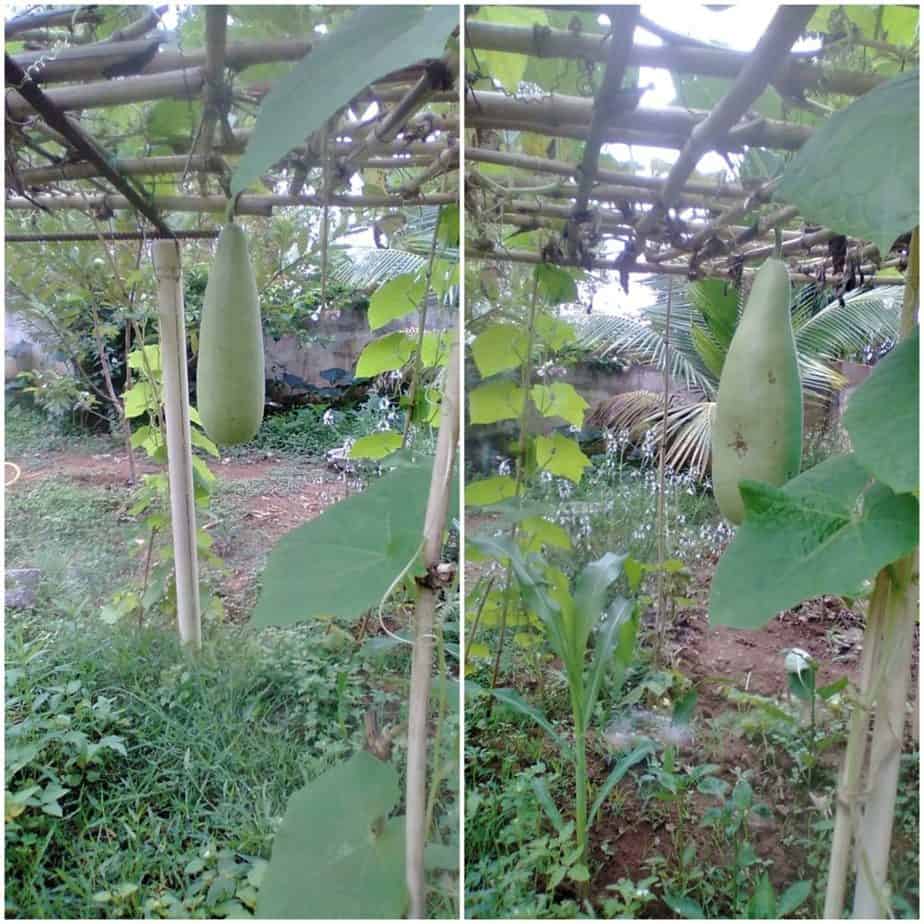
There are challenges aplenty in a regular farm, online in a terrace garden. Bharathi says, “You have to figure out which plant needs more light. You have to ensure that water does not clog and most important, understand soil management. In my plot, I found many rocks when planting. I had to manage my crops accordingly and ensure they have a good environment to grow in.” Everything Bharathi grows on the plot is sufficient for her family and close friends.
Improving agricultural land
Sangita Sharma of Annadana teaches exactly that. She says, “People growing their own produce will only enable food security. You can in term make more seeds and continue the farming process.” Through online consultation and virtual seminars, Annadana teaches urban gardeners to turn their balconies and terraces to their fruits and vegetable market.
Read more: All you need to know about composting garden waste
Sangita says, “What I’ve noticed most of this pandemic is the interest working professionals are showing in farming. Many who have gone back to their hometowns are focussing on improving their agricultural land. They are helping out their parents to plant, pluck and build boundaries between each section/area.”
She recommends Resident Welfare Association members take up the initiative to start their own gardens or generate organic compost. “The backyard of a police station can also be used to grow vegetables for the workers there,” she adds.
At-home garden setup
As for those who need help in understanding the different soil, firms like My Dream Garden comes in handy. Saravana Kumar, research head of the company, says, they provide end-to-end services, including its maintenance, supply of gardening items and pest, nutrient and disease management.
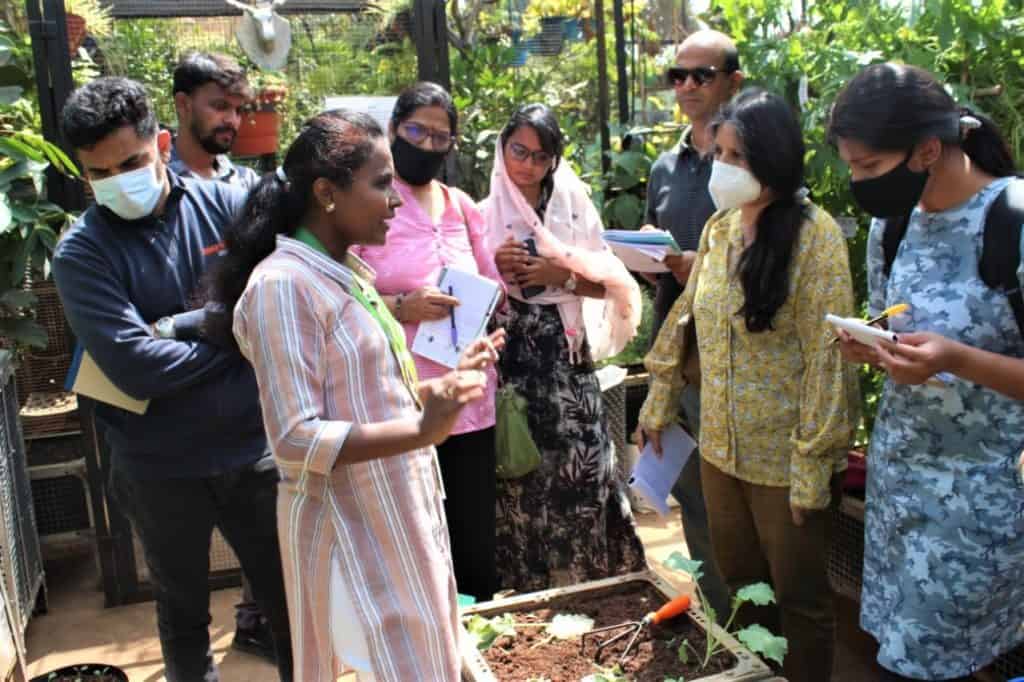
“We used to visit people’s homes before delivering their required items so we can suggest which plant works best for their home and lifestyle. Now (during the lockdown) we take video consultation, webinars and workshops to help them out. We have about 40 agriculture and horticulture graduates working with us,” Saravana says.
Read more: Shut in at home during COVID? Rooftop gardening can give you some respite
From 90 to 100 home garden setups every month before the pandemic, they help build 180 to 200 gardens per month now.

Dos and don’ts of gardening for beginners
The people above have mentioned how helpful it is to have your own garden where you can be sure of where your produce comes from. Food blogger and author Nandita Iyer has tips for those starting a garden.
She says: Don’t overwhelm yourself with a bunch of items. Start small and easy ones so you know you’ll be able to monitor their growth. Green leafy vegetables like spinach, lettuce and radish are a great way to start it. Sometimes you don’t even need seeds to start — a leftover root of the vegetables you use at home is enough to grow a new one.”
She points out that the germination process will take a few weeks but when monitored correctly, with the right amount of water, soil and sunlight, the end result will be worth it.
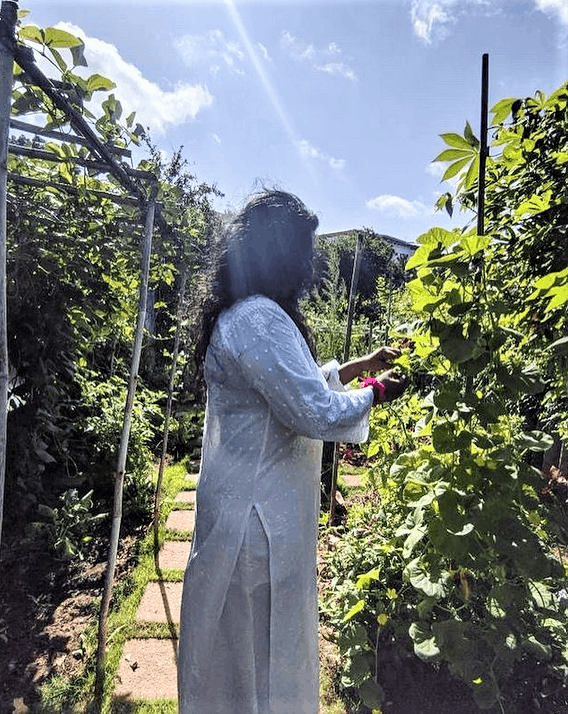
“Herbs are also easy to take care of. It’ll also add to being a decorative item in your house. Put the herbs in a small pot and place it in a place at your home as a tabletop and it’ll instantly brighten up the room,” Nandita adds.
Microgreens are another good addition to your kitchen garden. “Mustard, fennel and fenugreek seeds are easily manageable and the microgreens will oomph up the flavour of almost all dishes,” she says.
Understanding pest management, nutrient control and the necessary soil required is very important. Though it will be quite tiresome and time consuming to care for the plants, it’s easy to manage once you get the hang of it, she says.
Watering the plants regularly is another important aspect. Nandita says, “Check the moisture of the soil and pour the required water. It doesn’t matter what time of the day you do it. If you give enough care to your plants, it’ll reciprocate with care too. And plus, it’s great for the environment.”
In 2011, the late Dr B N Vishwanath (pioneer of organic terrace gardening in Bengaluru) and other enthusiastic kitchen gardeners set up a trust called Garden City Farmers Trust. They planned a community event on World Kitchen Garden day that is observed every year in August. Citizen Matters was the media partner.
The first event named Oota from your Thota was held on August 28th, 2011 at BTM Layout, in south Bengaluru
Over the years, it became a quarterly event moving to different locations across the city, providing a dependable source of organic seeds, saplings, medicinal plants, compost and composters, potting mix, a variety of planters, organic food, and books and served as a meeting ground for organic gardening enthusiasts.
Bengaluru’s organic kitchen garden community has only become stronger over the years. There are over 37,000 members in the Facebook group Organic Terrace Gardeners (OTG)!
Hi I am interested in this
Very nice to such efforts are made in available small space, engaging with nature always give satisfaction.
Hi,Shall I plant plantain ? on roof with 5 ltr plastic container.
Hello Sir,
The plant you have mentioned is a type of Banana species. Usually Banana plants will develop huge suckers when they start growing. Its better to have 200 litres drum to grow such kind of plants. We have grown Bananas in such kind of drums.
I am interested in terrace gardening. I am looking for guidance. Can some one help me
I am interested in terrace garden
I am looking for flowering plants for my balcony gardening